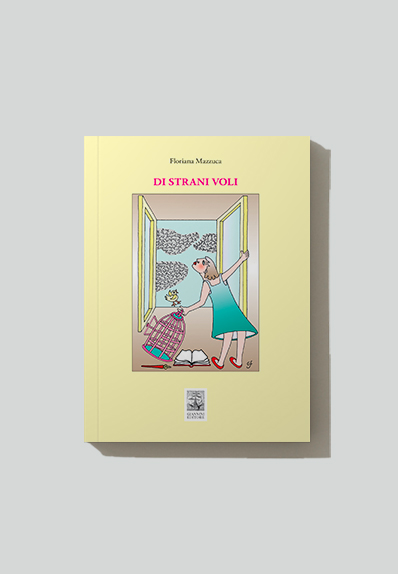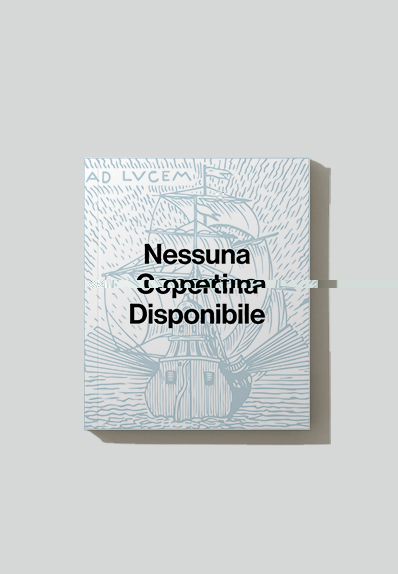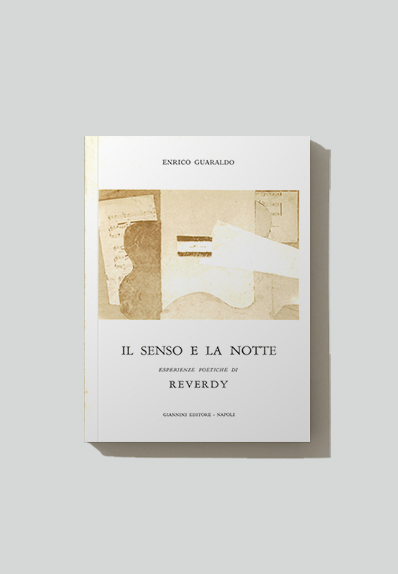Descrizione
Nel mondo romano, e quindi anche in area vesuviana, i Lari erano divinità che assicuravano protezione e fortuna alla famiglia di appartenenza e che occupavano un posto d’onore nel cuore della casa all’interno di un’edicola particolare, il lararium. Il culto a loro tributato e i lararia hanno una forte relazione con certe credenze della Napoli odierna e con le edicole votive presenti nei vecchi quartieri della città. In questo lavoro si annulla la distanza cronologica tra i due fenomeni. I Lari delle collezioni del Museo divengono oggetti fotografici tridimensionali che alcune famiglie dei Quartieri Spagnoli, del Rione Sanità, di Forcella e del Mercato inseriscono negli altari devozionali da loro curati. Le antiche statuette in bronzo, così, “tornano al lavoro”, aggiungendo nelle edicole le loro voci alle altre che intercedono per i defunti. Inoltre, in sette piccole edicole, veri e propri larari contemporanei, le due tradizioni vivono l’una accanto all’altra. Sonia Lenzi è interessata alle relazioni tra le persone, le epoche e le tradizioni culturali. Il suo lavoro indaga i legami e le interazioni nell’ambiente domestico, ma anche all’interno di quella grande famiglia che è la società. Molti suoi progetti contengono un aspetto “performativo”, una dinamica relazionale. Presentazione di Marco De Gemmis, testo critico di Gerry Bagder e “backstage” di Claudia Procentese.
In the Roman world, and therefore in the Vesuvian area, the lares were divinities who assured protection and luck for the families to whom they belonged, thus were given an honoured place at the heart of the house, in a special shrine, the lararium. This practice bears more than a passing relationship with the neighbourhood and familial kiosks, the votive shrines in the old quarters of Naples. The aim of Sonia Lenzi’s work it is not only to examine the fascination link between these traditions, but to actually bring them together, and in essence demolish the centuries in between. The lares of the Museum collection become three-dimensional photographic objects that some families of the Quartieri Spagnoli, Rione Sanità, Forcella and Mercato have placed in the shrines within their guardianship. In this way these ancient bronze statuettes have been put “back to work”, so to speak, adding their voices to the others interceding in the kiosks for the departed. But Sonia Lenzi has also created contemporary lararia, making seven contemporary ‘kiosks’, so that the two traditions can be placed side by side. All Lenzi’s work is about interaction and connection, within the domestic family certainly, but also within the larger family that is society. She is concerned with the relationships between people, between cultural traditions, between eras. Many of her projects contain what might be termed a ‘performing’ aspect, an active element. Foreword by Marco De Gemmis, critical essay by Gerry Badger and “backstage” by Claudia Procentese.





Recensioni
Ancora non ci sono recensioni.